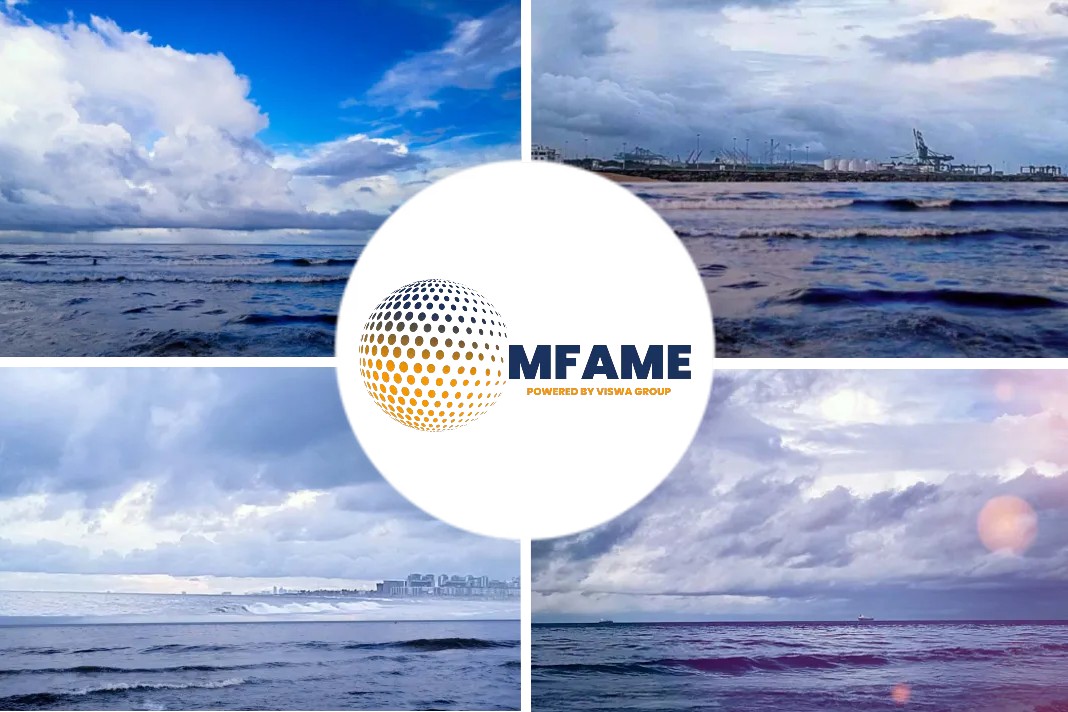- No carbon-neutral technology in the next 3-5 years.
- Hydrogen-based fuels are tout to be a promising alternative for shipping at the moment.
- Hapag Lloyd CEO says there should be a greater focus on the 2030 targets.
At this point in time, there is no technology in sight that would make large, ocean-going ships carbon-neutral in the next three to five years, reports Offshore Enerhy quoting the CEO of German liner company Hapag-Lloyd, Rolf Habben Jansen.
Advantage of dual-fuel engines
Jansen was one of the panelists of the Green Shipping Roundtable hosted on June 3rd by the World Shipping Council.
“That means that if you want to modernise your fleet, ideally you opt for something that has significant upward flexibility. For example, in our investments, we went for dual-fuel engines that are, in principle, suited to run on synthetic fuels that are carbon neutral going forward, even if they may operate on LNG initially,” Jansen said.
To remind, Hapag-Lloyd ordered six dual-fuel LNG-powered 23,500+ TEU containerships at the end of last year from Korean shipyard Daewoo Shipbuilding & Marine Engineering (DSME), splashing $1 billion on the investment.
The 23,500+ TEU vessels are scheduled for delivery between April and December 2023.
Carbon-neutral vessels for decarbonization
With smaller ships, the technology to build low-carbon or carbon-neutral vessels is expected to be available soon paving the way for the first vessels of this type to start hitting the waters before 2030.
“And still, we have a long way to go after that to replace the entire global fleet,” he pointed out.
Jansen doesn’t think retrofits will play a significant role in the decarbonization journey of the global fleet, as, even with available financing, these are in most cases very laborious and expensive endeavors.
The company has its latest conversion project of a large containership to LNG as fuel to back this claim.
Namely, Hapag-Lloyd’s 15,000 TEU Sajir, now renamed Brussels Express, completed the conversion at Chinese shipyard Huarun Dadong Dockyard Co in Shanghai in April this year.
The price tag of the conversion project was around $35 million.
Promising alternatives
Commenting on the types of fuels the industry is likely to move towards, Hapag-Lloyd’s CEO is bullish on the outlook of hydrogen-based fuels as the most promising alternative for shipping at the moment.
“Ammonia is talked about a lot, but, again, it would have to be some type of a green ammonia to be a truly sustainable solution. In the end, biofuels will have a small contrbution to the sector’s fuel mix, simply because there is not enough of it,” he pointed out.
Immediate focus on 2030 targets
According to Jansen, who is also the co-chair of the World Shipping Council, there should be a greater focus on the 2030 targets and what the industry can do right now, instead of putting too much attention on the 2050 targets as there is still considerable amount of uncertainty on future technological solutions.
Hence, there is a sense of urgency from the regulatory side to provide clearer guidance in defining the roadmap and incentivize achieving those targets.
A clear strategy for short-term measures and a long-term outlook are critical for liner companies to be able to plan their investments, especially when it comes to ships that tend to have a life span of 20-25 years.
Did you subscribe to our daily newsletter?
It’s Free! Click here to Subscribe!
Source: Offshore Energy
















